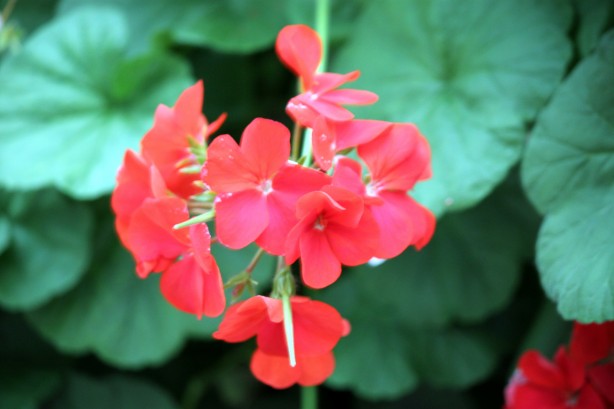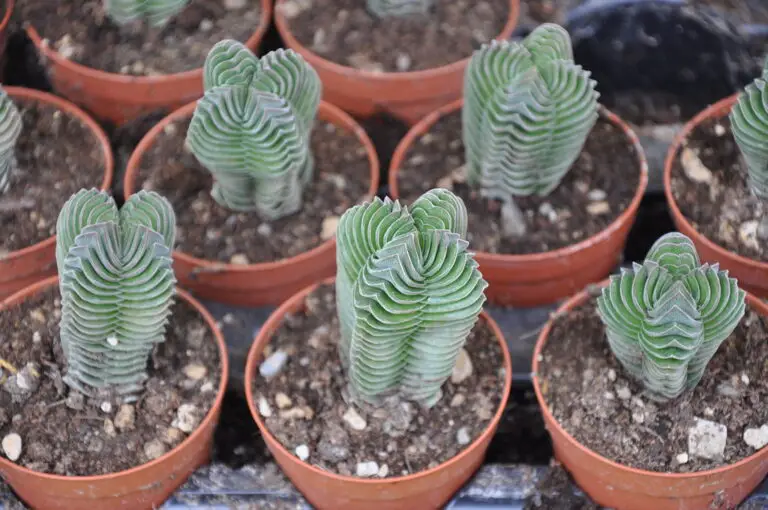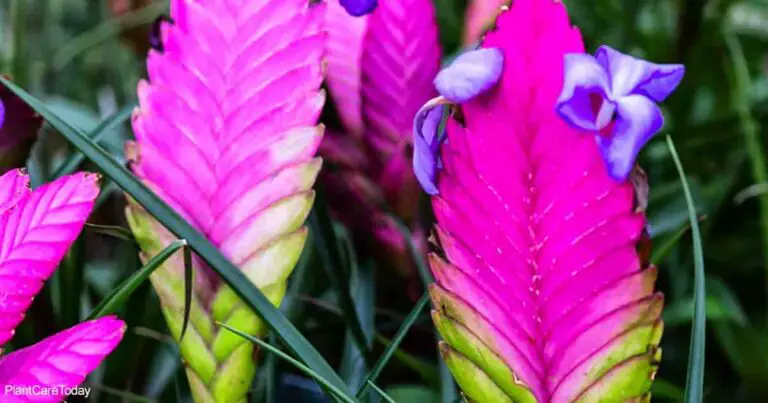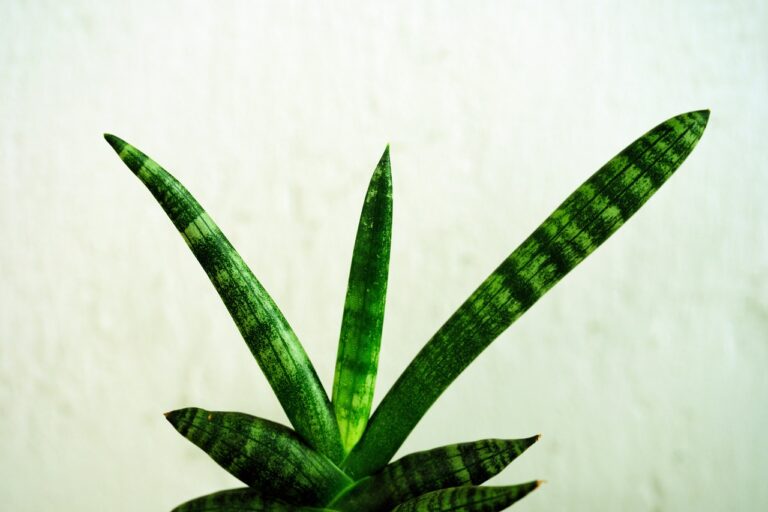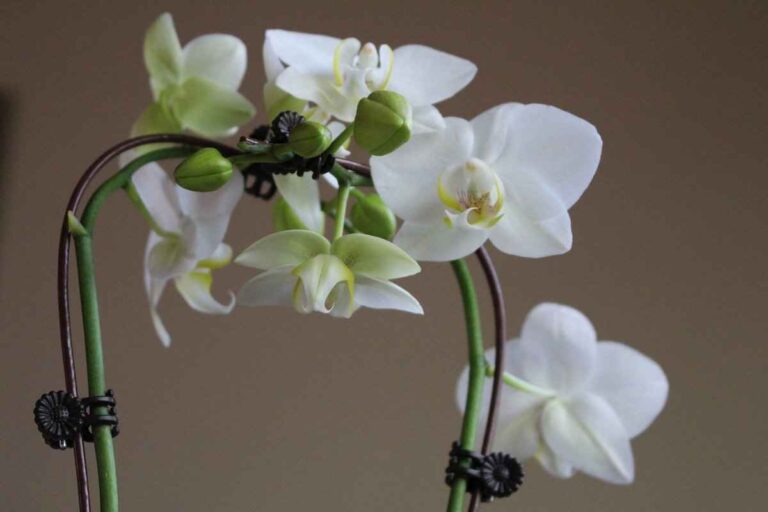Introduction
Begonia U334, with its stunning foliage and vibrant blooms, is a delightful addition to any garden. In this comprehensive guide, we will explore the art of caring for Begonia U334, ensuring your plant thrives and becomes the centerpiece of your green haven.
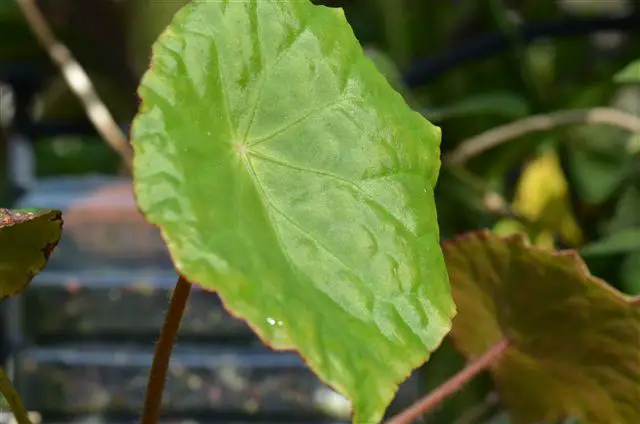
Setting Up the Ideal Environment
Light Requirements Begonia U334 flourishes in bright, indirect light. Place your plant near a window with filtered sunlight, protecting it from the harsh midday sun. This ensures optimal growth and vibrant foliage.
Temperature and Humidity Considerations Maintain a consistent temperature between 60-75°F (15-24°C) and humidity levels around 50-60%. Begonia U334 hails from tropical regions, and replicating its native environment fosters a healthy and happy plant.
Soil and Potting
Choosing the Right Soil Mix Opt for well-draining soil with a mix of peat moss, perlite, and pine bark. This combination provides the ideal balance of moisture retention and aeration for Begonia U334.
Proper Potting Techniques When potting, ensure the container has drainage holes. Repot your Begonia U334 every 1-2 years, refreshing the soil to replenish nutrients and promote growth.
Watering Practices
Frequency and Amount Water your Begonia U334 when the top inch of soil feels dry. Use room-temperature water and ensure thorough watering, allowing excess water to escape through the drainage holes.
Avoiding Common Mistakes Overwatering is a common pitfall. Remember: Begonia U334 prefers slightly moist soil, not waterlogged conditions.
Fertilizing Routine
Best Fertilizers for Begonia U334 Choose a balanced, water-soluble fertilizer with a 10-10-10 NPK ratio. Feed your plant every 2-4 weeks during the growing season.
Application Guidelines Follow package instructions for proper dilution, avoiding over-fertilization, which can harm your Begonia U334.
Pruning and Deadheading
Maintaining Shape and Health Regularly trim leggy stems to encourage bushier growth. Remove yellow or damaged leaves promptly to enhance the plant’s overall appearance.
Identifying and Removing Dead Growth Deadhead spent blooms to redirect energy for new flower production. Inspect your Begonia U334 regularly for signs of disease or pests.
Dealing with Pests
Common Pests Afflicting Begonia U334 Keep an eye out for aphids, spider mites, and mealybugs. Tip: Inspect the undersides of leaves where pests often hide.
Organic Pest Control Methods Combat pests with neem oil or insecticidal soap, maintaining a chemical-free and healthy environment for your Begonia U334.
Disease Prevention and Management
Recognizing Signs of Diseases Look for signs of powdery mildew, bacterial leaf spot, or fungal issues. Early detection is key to preventing widespread infections.
Preventive Measures and Treatments Ensure proper ventilation and avoid overcrowding plants. Treat diseases with organic fungicides, prioritizing prevention through good cultural practices.
Propagation Techniques
Growing Begonia U334 from Cuttings Take 4-6 inch cuttings from healthy stems, removing lower leaves. Root them in a mix of perlite and peat moss for successful propagation.
Division and Other Propagation Methods Divide mature plants during repotting, ensuring each division has roots attached. Explore other methods like leaf cuttings for variety.
Showcasing Begonia U334 Varieties
Exploring Different Cultivars Discover the diversity within Begonia U334 by exploring various cultivars. Each variety brings unique colors, patterns, and sizes to your garden.
Tips for Choosing the Right Variety Consider your local climate, available space, and personal preferences when selecting a Begonia U334 cultivar. Some varieties thrive indoors, while others excel in outdoor gardens.
Success Stories and Testimonials
Real-life Experiences with Begonia U334 Hear from passionate gardeners who have successfully cultivated Begonia U334. Their experiences, challenges, and triumphs offer valuable insights for beginners.
Lessons Learned from Successful Cultivators Learn from the best by embracing the wisdom of those who have mastered the art of Begonia U334 care. Their lessons can help you avoid common pitfalls and elevate your gardening skills.
Troubleshooting Guide
Common Issues and Solutions Address issues like yellowing leaves, wilting, or stunted growth with targeted solutions. Remember: Every plant is unique, so observe and adapt care practices accordingly.
Quick Fixes for Begonia U334 Problems For immediate relief, implement quick fixes such as adjusting watering frequency, improving light conditions, or using natural remedies for pests.
Frequently Asked Questions (FAQs)
- How often should I water Begonia U334?
- Water when the top inch of soil feels dry, usually every 7-10 days.
- What is the best fertilizer for Begonia U334?
- Opt for a balanced, water-soluble fertilizer with a 10-10-10 NPK ratio.
- How can I propagate Begonia U334 from cuttings?
- Take 4-6 inch cuttings from healthy stems and root them in a mix of perlite and peat moss.
- What pests commonly affect Begonia U334?
- Look out for aphids, spider mites, and mealybugs; control them with organic solutions.
- Can Begonia U334 be grown indoors?
- Yes, choose varieties suitable for indoor conditions and provide ample bright, indirect light.
Conclusion
In conclusion, mastering Begonia U334 care is a fulfilling journey that rewards gardeners with lush foliage and vibrant blooms. By following the outlined guidelines, you can create an optimal environment for your Begonia U334 to thrive. Whether you’re a seasoned gardener or a novice, the joy of cultivating this beautiful plant is within reach.
Remember, each plant is unique, and attentive care tailored to its specific needs will ensure a flourishing Begonia U334 in your home or garden. Happy gardening!

